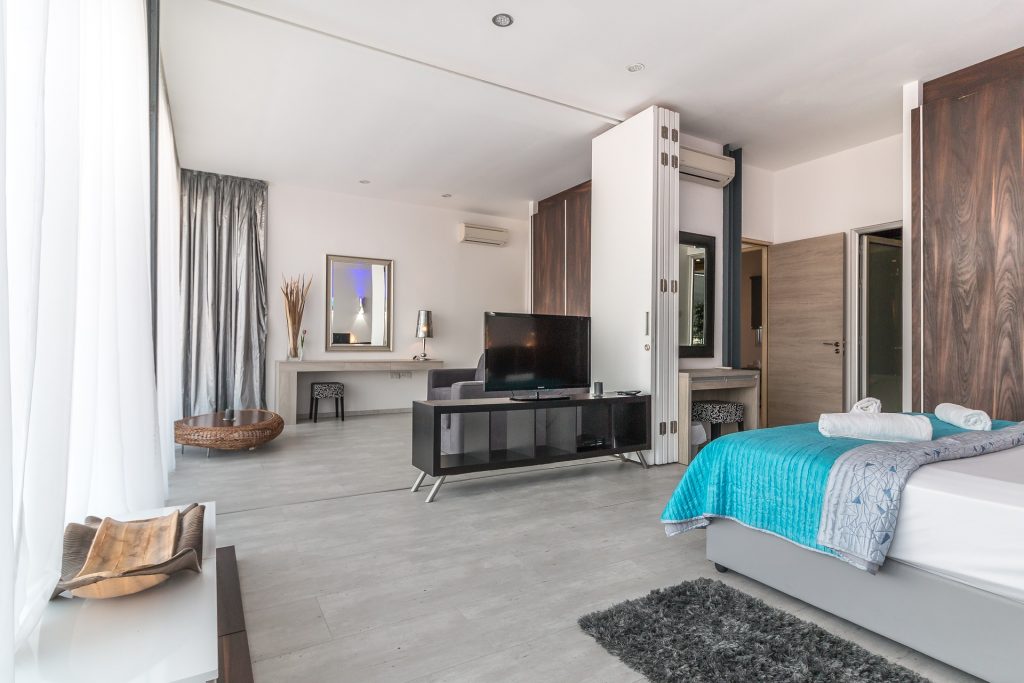Summit Day 2 (tue 2 October): Some Top Picks
These are some non-exhaustive top picks, extracts and notes from the #dfa2018 Summit reporters. They go along with the details of each session, that you can find here in the programme.
Influencers
 Making tourism accessible to everyone relies on the input of influencers such as early adopters, bloggers, social media, and word of mouth, etc. Their opinions and advice help us to alter our attitudes, and to bring about change. By example, they educate us as to what accessibility should mean. Their interventions allow us to think out of the box.
Making tourism accessible to everyone relies on the input of influencers such as early adopters, bloggers, social media, and word of mouth, etc. Their opinions and advice help us to alter our attitudes, and to bring about change. By example, they educate us as to what accessibility should mean. Their interventions allow us to think out of the box.
The information gained from their shared experiences is vital to decision-making and the part played by all the actors in accessible tourism.
An influencer can play a facilitative role at three levels: share of knowledge, standards establishment and performance mesasures.
Air Transport
 We can envisage that one day, all flights will be accessible by wheelchair. Some progress has already been made.
We can envisage that one day, all flights will be accessible by wheelchair. Some progress has already been made.
In the United States, legislation was passed this October 2018 to provide wheelchair spaces in planes. In fact, the potential of air transport for people with reduced mobility is enormous, but there are still too few initiatives.
In Germany, the number of potential passengers with reduced mobility (PRM), is estimated at 10%, but only 1% of them travel by plane. Before and after the aircraft takes off, airports have a responsibility to offer services to persons with reduced mobility. They have to take over if the airline does not offer assistance. The use of new technologies also helps a wider audience, who may have intellectual or visual disabilities.
Impacts of the accessibility
 Even with a low budget, destinations, transport or tourism operators can significantly improve the accessibility of destinations. Because the slightest initiative in one place is often an oil spill and will give the impetus to inspire neighbouring actors to do the same, thereby increasing accessibility. It is therefore, a question of launching the virtuous circle.
Even with a low budget, destinations, transport or tourism operators can significantly improve the accessibility of destinations. Because the slightest initiative in one place is often an oil spill and will give the impetus to inspire neighbouring actors to do the same, thereby increasing accessibility. It is therefore, a question of launching the virtuous circle.
It is exactly what happened in Germany, in the Ruppin Lake area, following the building of an accessible hotel.
Another example is in Delhi: during the design stage of the city’s sidewalks, the initiative from the beginning, was to sensitize and train decision-makers and engineers to put into practice the necessary criteria to carry out the accessibility process.
Certified destinations
 The accessible journey starts locally, with us.
The accessible journey starts locally, with us.
For tourist operators, making a destination accessible is a journey in itself. It is an evolutionary and interactive process that is carried out in close cooperation with the local community as is done in Rostock (Germany) or in Bordeaux (France).
Inclusive accomodation
 Without accessible buildings, there can be no inclusive vacation!
Without accessible buildings, there can be no inclusive vacation!
People with reduced mobility need to travel more to develop the tourism sector. In the hotel industry, good practices target several types of tourist support and create appropriate offers.
These could include specific hotels dedicated to families or couples with a member suffering from intellectual loss or dementia, etc.
An inclusive hotel can not only be accessible for all, but it can also be managed by disabled people, with the help of consultation and partnerships.
Standards and expertise
 Degree and diploma courses in tourism, or even tourism development plans, leave far too little room for specific needs. In the field, training for specialists such as architects, should also be ongoing.
Degree and diploma courses in tourism, or even tourism development plans, leave far too little room for specific needs. In the field, training for specialists such as architects, should also be ongoing.
Professional recognition of specialists and consultants in accessibility is lacking, and should also be considered.
Accessible tourism should not be subject to a specific ISO standard, but should be included in each of the ISO standards for tourism.
Stay facilitators
 Making tourism accessible to all requires transforming the anxiety of a destination being or not being accessible into potential travel destination.
Making tourism accessible to all requires transforming the anxiety of a destination being or not being accessible into potential travel destination.
Providing transportation, personal care and specialized equipment rentals to special-needs tourists are starting to change.
For all this, it is also necessary to work hand in hand with experts in the health sector.
The key exists: The Personal Attendant for Leisure card (PAL) and the European Disability Card are free passes aiming at disabled persons to leave their home, to visit and to travel while minimizing the costs of outing or activities.
Parks and nature
 In parks and in nature, accessibility for all equipment must be planned. To discover and appreciate nature, we can produce objects for visually impaired people (for example, birds in 3D), as well as creating sensory paths in gardens, etc. We must aim for accessibility for all types of visitors, as is the case in the Eiffel Park. It is important to continuously evolve: to improve access, and to create action plans to develop visitors’ routes, etc. There are still too few people who visit nature parks and attracting them to do so is a challenge.
In parks and in nature, accessibility for all equipment must be planned. To discover and appreciate nature, we can produce objects for visually impaired people (for example, birds in 3D), as well as creating sensory paths in gardens, etc. We must aim for accessibility for all types of visitors, as is the case in the Eiffel Park. It is important to continuously evolve: to improve access, and to create action plans to develop visitors’ routes, etc. There are still too few people who visit nature parks and attracting them to do so is a challenge.
Adventure tourism and outdoor activities
 Accessible tourism must concern everyone: we must not segregate the public.
Accessible tourism must concern everyone: we must not segregate the public.
We should share emotions and make discoveries together! It is a question of being audacious because the hardest thing is to convince those who are able to do an extreme sport to motivate others to do it.
Travels around the world
 Nothing is impossible. We have to get people out of their homes. It is not necessary to be officially recognized as tour operators of accessible travel, to organize and dare.
Nothing is impossible. We have to get people out of their homes. It is not necessary to be officially recognized as tour operators of accessible travel, to organize and dare.
Each travel agency can adapt to the needs of its clients (elderly, reduced mobility,…) and propose them travels adapted to their needs. Often, travellers with specific needs are looking for popular destinations before seeking for unknown destinations.
Most human beings (no matter if they have specific needs or not) have three parameters that limit them: time, money, and energy. The fear of getting started is the biggest handicap.